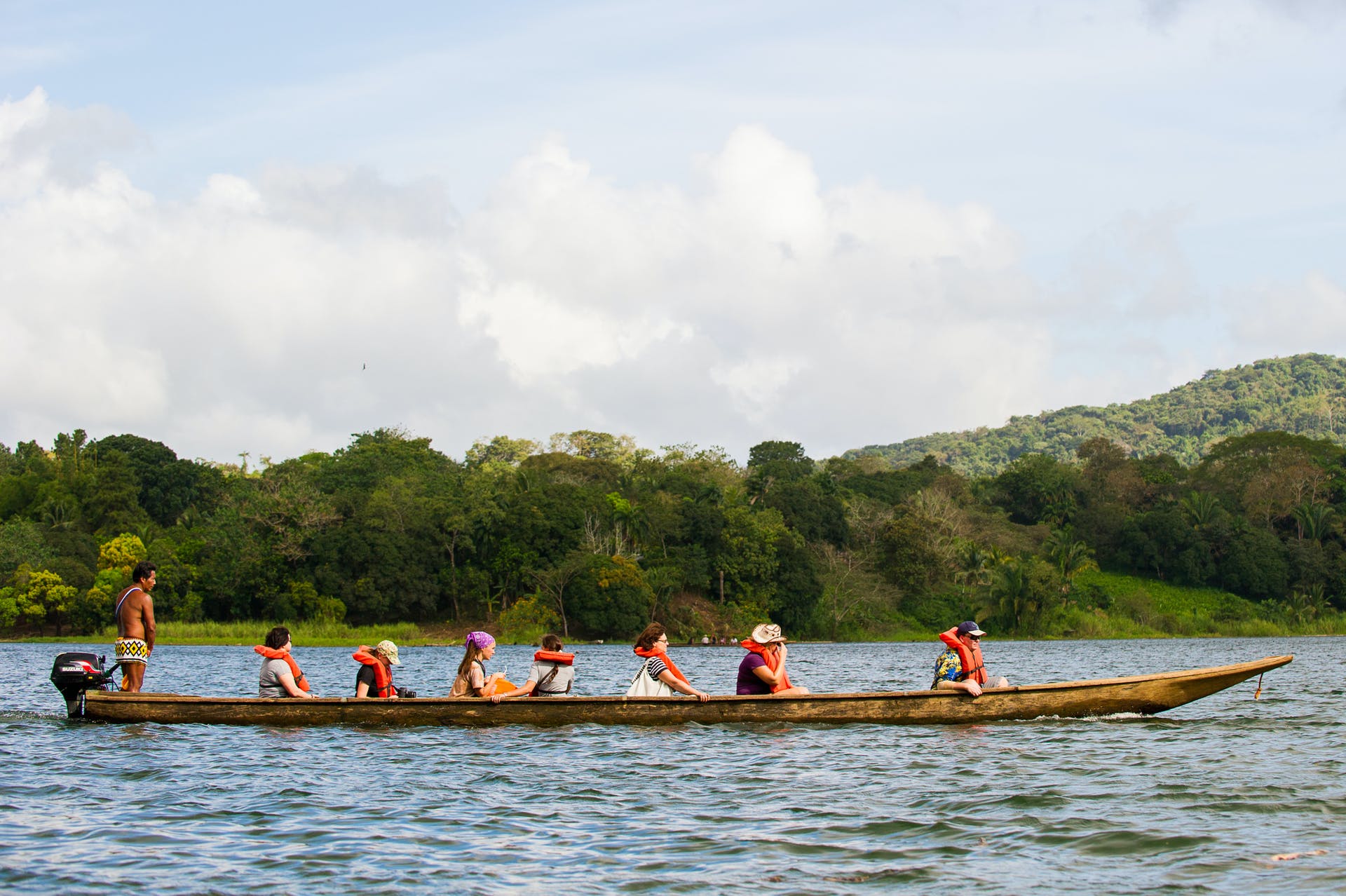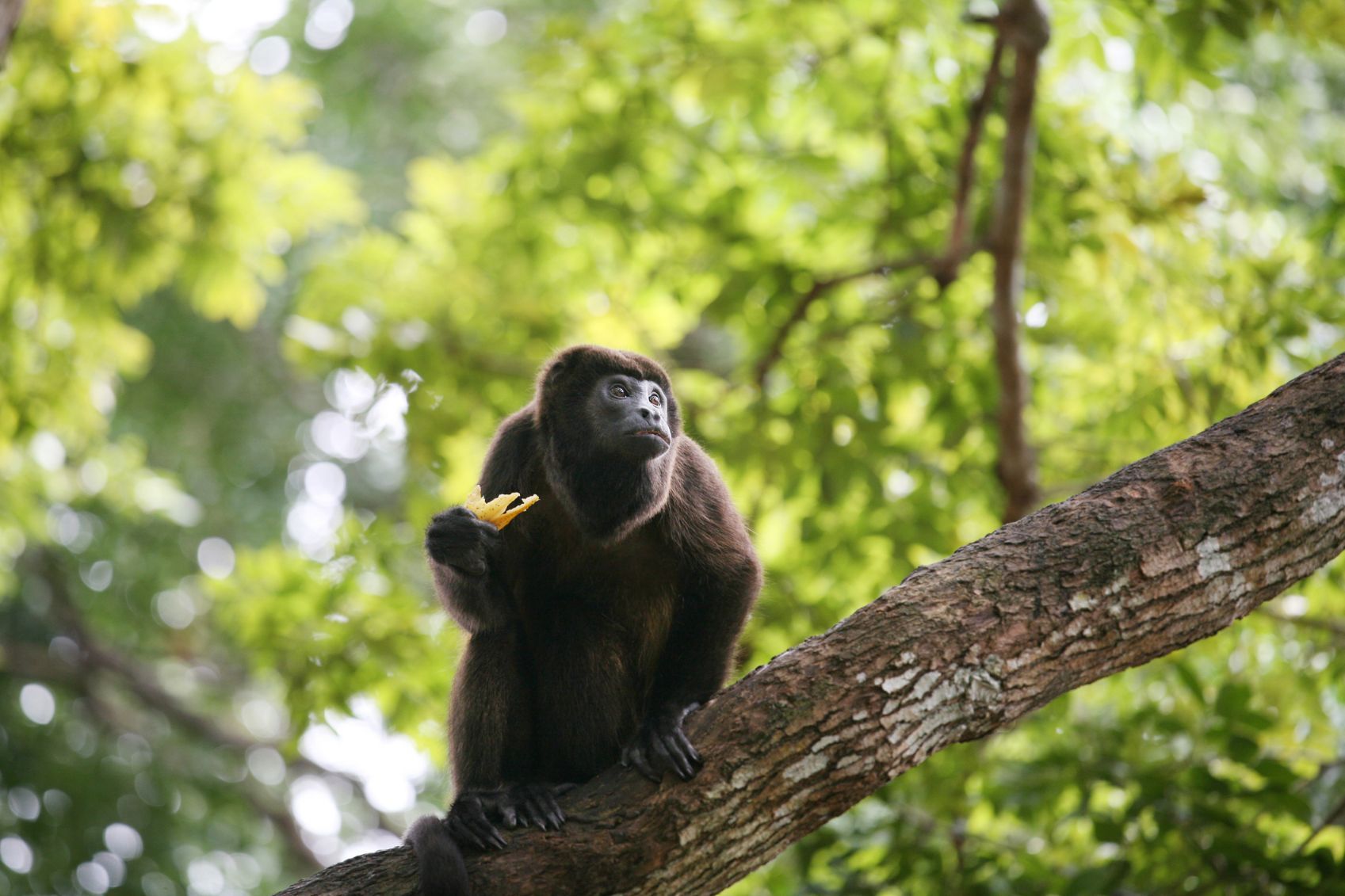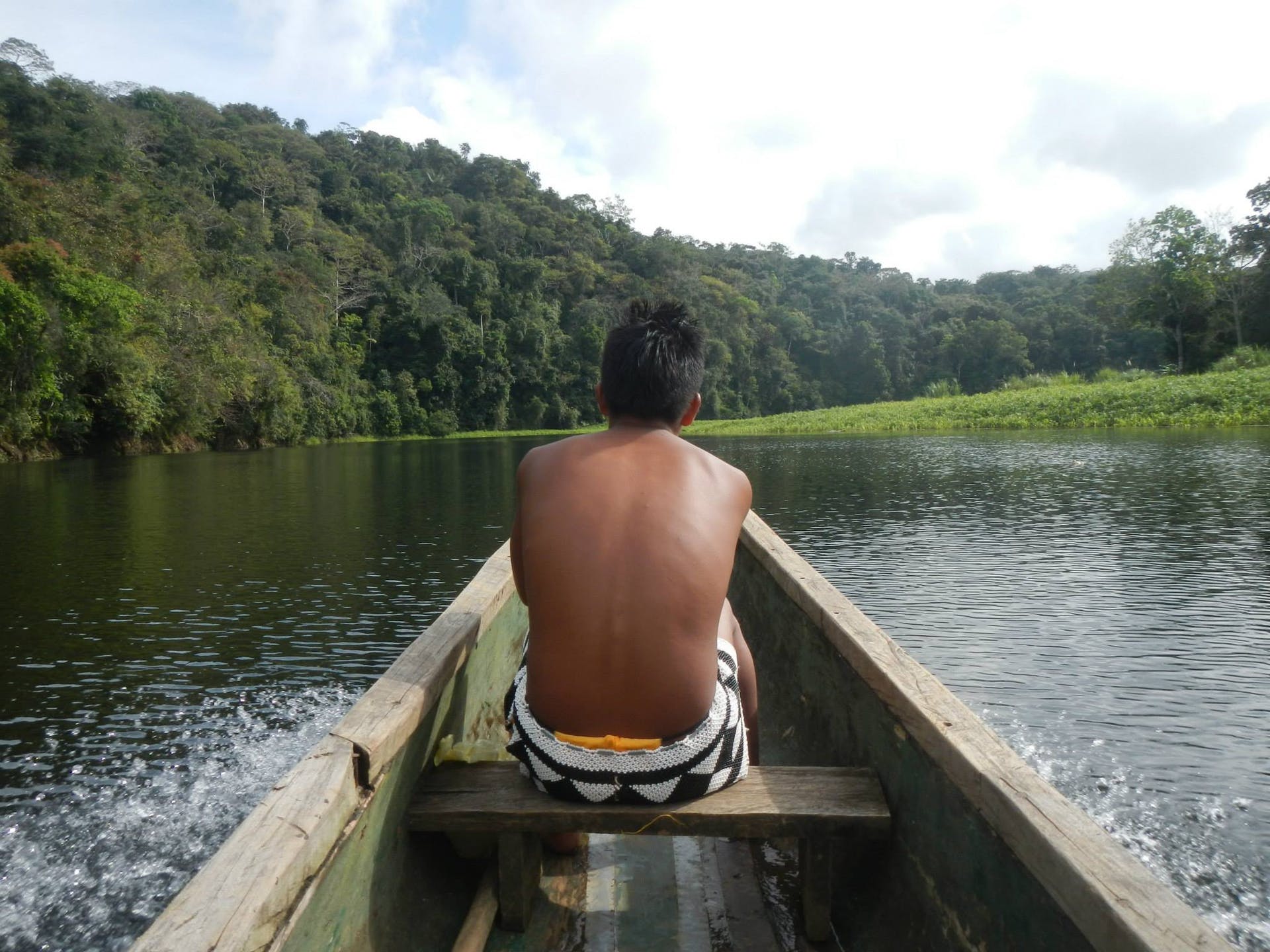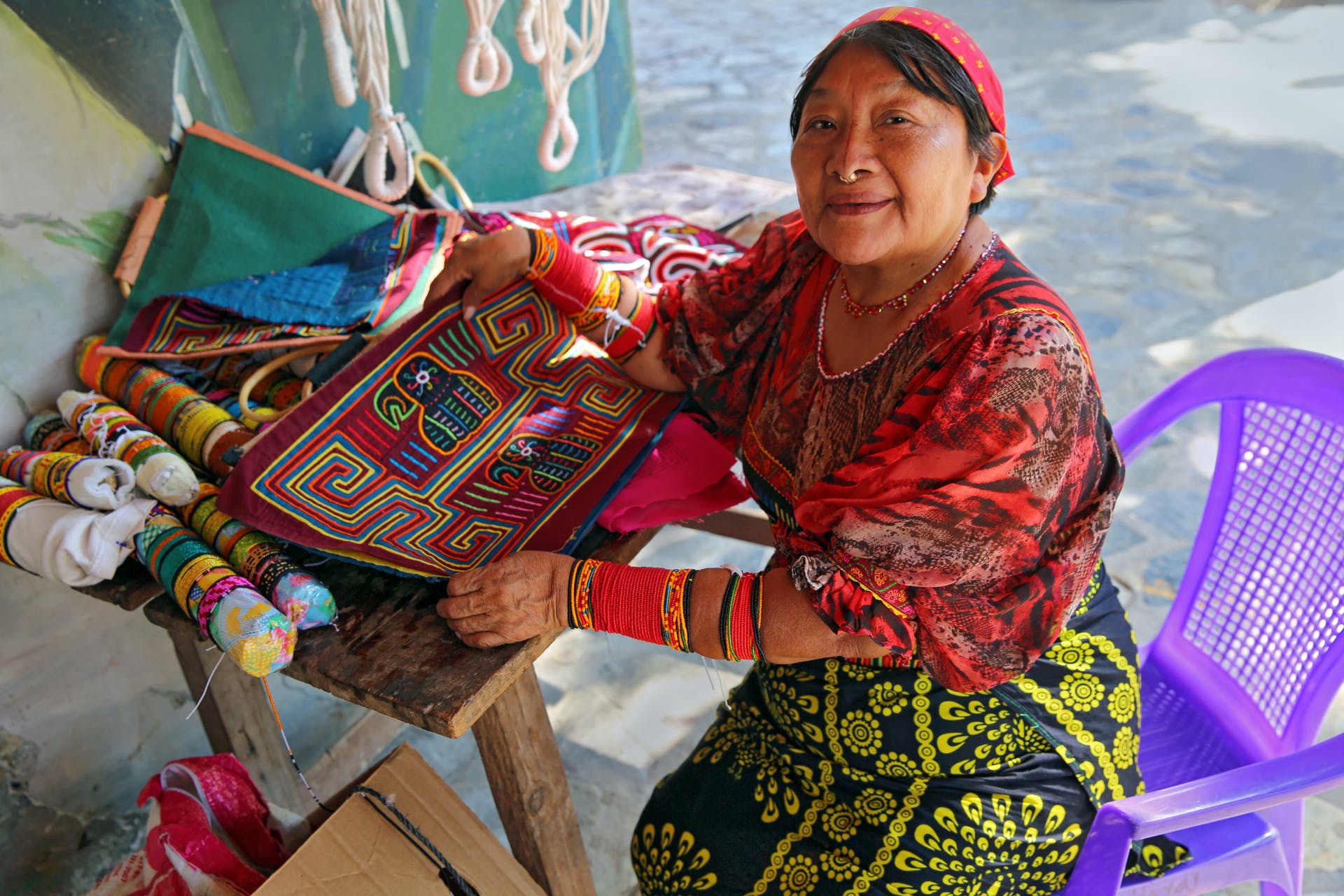Panama is responsible for just 0.03% of global emissions, but it’s a country which is highly vulnerable to the impacts of climate change. Rising sea levels threaten the islands and coastlines of the country. A rise in extreme weather conditions is also expected, and the Panama Canal (accounting for 10% of Panama’s GDP, and the route for 6% of all world trade) is running out of water.
"The impact of climate change is quite evident on the Panama Canal," said Ricaurte Vásquez, the administrator of the canal. A rise in temperature has meant less rainfall in the country, and canal authorities have been forced to restrict how much cargo ships can carry on their trips.
When I was a teenager, a boy scout, me and my friends would canoe upstream. We went farther and farther. It was like paradise; virgin jungle, close to the city - though very remote because there are no access roads.
The problem, summed up by Hugo Contreras, the Nature Conservancy's director of water security for Latin America, is: “not only what is happening now in the short term [but] what's going to happen in the future? What are the alternatives that they should be looking into?”
One long-term alternative is sustainable adventure tourism - and Panama, according to minister of tourism Ivan Eskildsen, have just launched a $300 million "master plan" to develop such a model. It involves embracing natural and cultural assets and working with local organisations and conservation groups and indigenous people to establish a regenerative tourism model.
This could be fantastic news - if the government follows through with it. The paradisiacal country of Panama itself is ready and waiting. Javier Romero is one guide who has been working in adventure tourism in Panama for decades.

Romero first ventured into the Chagres National Park back in 1979. “I was a teenager, a boy scout, and me and my friends would canoe upstream,” he says. “We went farther and farther. It was like paradise; virgin jungle, close to the city - though very remote because there are no access roads.”
At that time, it was just the Chagres Rainforest - home to the mighty Chagres River. The national park designation didn’t come until 1985. “It was declared a national park because it’s the main water supply for the Panama Canal,” Javier says. “60% of the water that feeds the canal - the main source of the economy - comes from the Chagres River. Without the canal, Panama doesn’t exist, so the canal authorities had to do something to keep the water flowing.”
Still, the protection of the park isn’t quite what it could be, says Javier.
“It’s good that it is a national park, but little has changed. They included towns within the borders, and it’s very hard to manage a national park with a town inside. The resources that go to conservation worldwide have been decreasing as well. There were a lot of rangers monitoring the town, but not anymore. I don’t see much - but there is some illegal hunting and people timbering too.”
He adds that the park still, consistently, "blows people's minds.” This shouldn't come as a surprise. The 319,000-acre Chagres National Park is home to 114 mammal species, from tapirs to spider monkeys - and all five species of big cats. There are 396 different species of birds, from stripe-cheeked woodpeckers to violet-capped hummingbirds and harpy eagles. Peaks in the area rise as high as 1,000 metres and when you're rafting on the river, you could find yourself above 59 species of freshwater fish - and constantly flanked by lush, lively forest.

The 1985 designation was decades before climate change was on the agenda, of course. Even today, governmental protection of nature around the world is often tied to what value that nature can provide - rather than its intrinsic value. Javier believes that the reason there has not been more fervent protection of the forest is that, unlike in Costa Rica, Panama as a country doesn’t rely on tourism to wild places to the same extent as their Central American neighbours.
“They defend their resources because they depend on tourism,” Javier says. “In Panama it’s not so clear. There are so many different sources of income, even within tourism, that do not depend on pristine ecosystem." Perhaps that will change soon. "The upside," Javier laughs, "is there's not many tourists here!”
Javier launched his first commercial trip to Chagres in 1994, over a decade after he first explored the park himself. “Since I was a teenager, I’ve been meeting all of these wonderful people who lived there,” he said. “The indigenous people, and the campesinos - they would host me in their huts when I would have otherwise been camping, so they had someone to talk to! We shared a lot. And I was very happy to contribute back to them - they or their family would often work with me.
“They made their living out of the jungle, their surroundings, but in a very destructive way - cutting timber and hunting. But they had no alternative. That's where they were born, and they're very hardworking people and very nice people. When I offered to get them involved they didn’t hesitate, and they’re the best - they know the rivers like no one else. Their future would have been in survival, cutting trees and hunting - and we changed that. That made me very proud.”
The indigenous tribe who live in Chagres National Park are called the Embera people. They’re originally from Darién, on the Panama-Colombia border, but migrated to the national park in the 1970s. “When I first came here as a teenager there were only six huts on the river,” Javier says. “Now there are four villages, each with an average of 40 huts each. They started migrating and they found Chagres - they found paradise. Their lifestyle is by the river. They invest in infrastructure for tourism and they know that tourists value their traditions.”

Panama is home to numerous indigenous tribes. Javier also guides on the Guna Yala archipelago, an indigenous province in the Caribbean Sea. Home to the Guna people, the archipelago is made up of 350 islands. “There's almost one island for every day of the year,” says Javier. In a decade, however, it’s likely that number will fall. Sea levels are rising around the archipelago - and it’s being felt by the Guna people.
“It’s a big problem,” says Javier. “There are regular islands where people have to move out.”
My speciality is taking people to a place where they won’t see anyone else. Since I was a teenager, I’ve been going upstream and scouting new territories. It’s always been my passion.
The people of Gardi Sugdug - one 400m long, 150m wide island - have already launched a relocation project to a new village on the coastline, on higher land.
“They are the most political, organised, indigenous culture in Panama,” says Javier. “Those guys are smart. They look in the long-run. Culturally, they are like a country within a country. They have their own laws, their own language that they fight to preserve. They don’t allow foreign investment in their territory - and if they had, this would’ve become Cancún ten times over. It’s gorgeous, full of Caribbean islands, some volcanic, some sandy.”
Javier describes the Guna traditions of Mola artwork, and how the Guna people often travel on canoes with sails. "It's quite the spectacle," he says. But it’s not all plain sailing.

Another big problem is the global litter that these rising sea levels are bringing in. “When I snorkel I see more garbage every year,” says Romero. “It’s not that I won’t go there because of it, but there is an impact. They don’t have a good system for handling all this new garbage.”
Adventure tourism is an incentive for the government to invest in such a system - to keep pristine areas clean. Panama has the beauty, people and culture.
“My speciality is taking people to a place where they won’t see anyone else,” says Javier. “Since I was a teenager, I’ve been going upstream and scouting new territories. It’s always been my passion. Panama now has a huge opportunity to develop adventure tourism.” If done correctly, tourism could become one of the major tools used to protect the unrivalled beauty of a nation which has contributed so little in emissions, but is already feeling the impacts of global warming.
Inspired? Our trip to Panama is no longer on sale, but you can check out our other adventures in South America.

